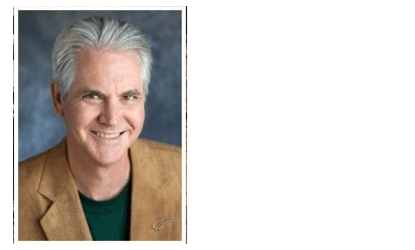I believe the most helpful step in forgiving is to receive validation that the injustice we are perceiving is real. From a purely practical standpoint, it is impossible to forgive an injustice that has not been identified as unjust. This is why it is so difficult to deal with dishonest and manipulative people. They are masters at hurting us in ways we can’t put our fingers on, or finding ways to blame us for the injustices they perpetrate. That double-whammy of being blamed for what someone else did to us is one of the things that turns anger into white-hot impotent rage.
To deal with this, or any other source of anger, find a trusted friend to whom you can describe the situation in private. Tell them that you don’t want advice, just confirmation that what you are perceiving is valid. Before you can forgive, you first need to hear someone say “that sounds awful. That was really unfair. You have a right to be angry.”
Once you are reassured that your feelings can be trusted, only then is it safe to let them go and practice forgiveness.
Note: you need to hear that your anger is valid even if it isn’t true. You can’t see a situation clearly until the fog of anger clears, and the fog of anger will not clear as long as it is being argued with, dismissed or minimized.
This is why small fights can escalate so easily. When both people are wrong, neither is able to see their part in the problem until the other person’s wrongs are acknowledged first. It is not so much about the other person being wrong – it is about legitimizing our experience of reality. The most terrifying thing in the world is to fear that you can’t trust your own perception of reality. The fear that you might be angry for no reason makes you work even harder to prove that you do have a reason. Once someone else validates that you did have a reason to be upset, then the fear dissipates. Then you desire for connection, understanding, compassion and forgiveness can take over.
Once fear and anger are not clouding our judgment, we can walk through the four steps of forgiveness described in “Four Tools of Emotional Healing” and let go of our resentment and expectations. That doesn’t mean we will suddenly become best friends with those who have hurt us, but it does mean that the emotional chains that kept us bound to them will be broken.


how do i subscribe to you???
well not YOU — your blogs–
Please subscribe me.
Your writing has just made clearer an experience I had not long ago.
Thanks for sharing this